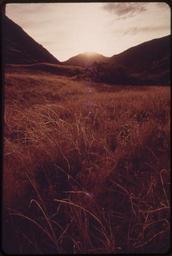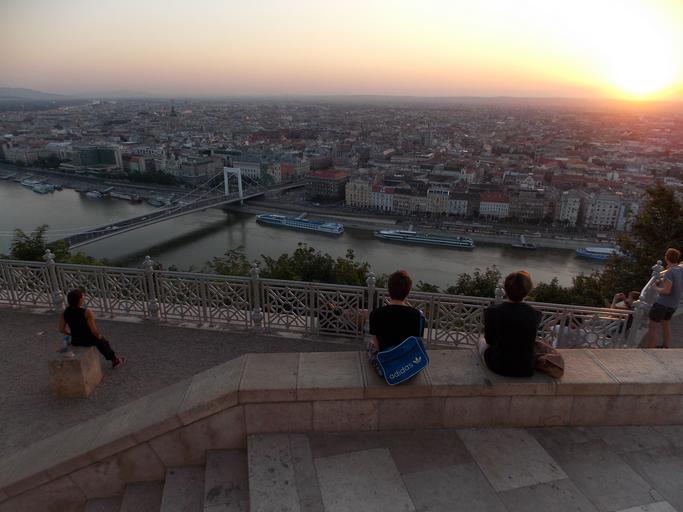Introduction
Photography, often thought about a simple tool for catching truth, has evolved into a profound medium of self-expression and creative exploration. Whether through the lens of a cam or the elaborate adjustment of images post-capture, photographers have actually found methods to communicate complex feelings and stories. In this article, we will check out how photography serves as a transformative vehicle for self-expression in art. We'll delve into different designs such as aesthetic photography, self-portrait photography, contemplative photography, and more, illustrating how these kinds permit individuals to interact their identities and perspectives.
Self-Expression in Art: The Transformative Nature of Photography
Self-expression in art is not almost aesthetic appeals; it's about conveying thoughts, feelings, and experiences that resonate on an individual level. Photography holds a distinct position in this realm due to its ease of access and adaptability. Unlike some other art forms that require substantial training or resources, photography can be approached by anybody with a camera-- making it a perfect medium for expression.

From recording short lived moments to crafting detailed compositions, professional photographers use their abilities to inform stories that might otherwise go untold. Each click of the shutter can encapsulate a feeling or idea, promoting connections between the artist and the audience.
Understanding Self-Expression in Photography
What precisely does self-expression mean when it pertains to photography? Basically, it describes the photographer's capability to interact their inner thoughts and feelings through visual imagery. This can manifest in various methods:
Personal Narratives: Numerous photographers select styles that reflect their own life experiences. Emotional Resonance: Specific pictures stimulate strong psychological actions from viewers. Social Commentary: Professional photographers can use their work to review societal standards or emphasize injustices.The transformative nature of photography depends on its power to go beyond simple paperwork; it becomes an introspective journey both for the creator and the observer.
The Power of Visual Photography
Defining Aesthetic Photography
Aesthetic photography focuses on appeal, composition, and artistic expression instead of simply functional representation. This style emphasizes visual appeal through thoughtful plans of colors, shapes, and light.
Why Aesthetic Photography Matters
Aesthetic photography matters since it enables artists to check out beauty in everyday life while also tough traditional notions of what is thought about "gorgeous." By doing so, professional photographers invite audiences to question their understandings http://journeynotes209.yousher.com/innovative-linocut-printing-techniques-to-complement-your-artwork-collection and appreciate simplicity.
Key Strategies in Aesthetic Photography
To develop impactful aesthetic images:
- Focus on Composition: Use leading lines, balance, or negative space. Play with Light: Natural lighting can dramatically change mood. Color Theory: Comprehending color combinations helps stimulate particular emotions.
By mastering these methods, photographers boost their ability to reveal themselves through captivating imagery.

Exploring Self-Portrait Photography
The Increase of Self-Portraiture
Self-portrait photography has actually gained prominence as artists look for individual stories through the lens of their own experiences. This kind provides a direct opportunity for self-exploration and identity expression.
Psychological Elements of Self-Portraits
Why do people engage with self-portrait photography? One reason is psychological; developing self-portraits can be healing. It allows individuals to challenge aspects of themselves they might wish to understand better or show others.
Techniques for Effective Self-Portraits
To create significant self-portraits:
Experiment with Angles: Different perspectives can communicate differing emotions. Use Props Carefully: Products that hold significance can boost storytelling. Lighting Matters: Significant lighting can highlight state of minds effectively.With these techniques at hand, professional photographers can check out deeply individual styles within their work.
Contemplative Photography: Finding Depth Beyond Surface
What is Reflective Photography?
Contemplative photography motivates mindfulness throughout the photographic procedure. It has to do with stopping briefly and observing the world around you before clicking the shutter-- cultivating much deeper connections with your subjects.
The Significance of Mindfulness in Art
Mindfulness improves imagination by enabling artists to immerse themselves completely in each minute without diversion. This practice results in more intentional pictures that resonate mentally with viewers.
Practicing Contemplative Photography
Here are some suggestions:
Take Your Time: Do not hurry; let moments unfold naturally. Engage Your Senses: Notification colors, textures, sounds-- whatever contributes. Reflect Post-Capture: Consider what each image conveys about your experience.By embracing these practices, professional photographers open new avenues for individual expression within their art.
Diverse Picture Styles in Modern Photography
Exploring Various Portrait Styles
Portrait styles vary widely-- from conventional posed photos to candid captures showcasing genuine emotions. Each style serves a different function while reflecting distinct aspects of identity.
Traditional Portraits
Traditional pictures aim for rule; they frequently feature subjects dressed elegantly against neutral backgrounds.
Candid Portraits
Candid pictures expose genuine interactions-- capturing people in spontaneous moments that highlight authenticity over perfectionism.
Environmental Portraits
These portraits put subjects within relevant contexts-- revealing them participated in activities that define who they are or what they stand for.
Faceless Pictures: Anonymity Satisfies Identity Exploration
The Idea Behind Faceless Portraits
Faceless portraits remove away identifiable features like facial expressions while still conveying emotion through body movement or context-- a fascinating expedition into identity beyond physical appearance.
Why Select Facelessness?
Choosing facelessness invites viewers' analyses rather of imposing an identity upon them-- it moves focus from private characteristics toward universal themes like vulnerability or isolation.
Fine Art Photography as a Medium for Expression
Fine art photography raises images beyond simple representation-- it embodies creative intent where every photograph ends up being an extension of an artist's vision instead of simply documentation!
Characteristics That Specify Great Art
Fine art photos tend towards abstraction-- they challenge social norms regarding charm while welcoming discussion around deeper meanings embedded within compositions!
Abstract Portraits: Breaking Conventional Boundaries
Abstract portraiture pushes limitations; it deconstructs traditional types by stressing colors/shapes over identifiable features! This approach opens doors towards innovative interpretations-- encouraging imaginative minds towards experimental techniques!
FAQs About Self-Expression Through Photography
Q1: What function does photography play in self-expression?
Photography serves as both mirror & & canvas-- it reflects internal landscapes while offering imaginative outlets enabling individual narratives!
Q2: How do visual options effect photographic expression?
Aesthetic options shape viewer understandings-- the selection/arrangement affects emotional resonance enabling much deeper connections!

Q3: What psychological advantages originate from engaging with self-portraiture?
Creating self-portraits cultivates self-questioning-- it aids comprehending oneself promoting acceptance leading towards psychological healing!
Q4: Can reflective practices improve photographic skills?
Absolutely! Mindfulness cultivates awareness improving imagination eventually enhancing overall ability advancement within artistry!
Q5: Why are faceless portraits significant?
Faceless pictures challenge preconceived notions about identity focusing instead on shared human experiences while invoking individual interpretations!
Q6: How does fine art vary from commercial photography?
While industrial concentrates on functionality/final item outcomes-- fine art highlights artistic intent/vision focusing on psychological connection over earnings motives!
Conclusion
Self-expression through photography reveals layers of humankind typically left unexamined-- the transformative nature enables artists/users alike chances for introspection/exploration! As we have actually browsed different styles-- from aesthetic & & self-portraiture down into abstract worlds-- we've witnessed how each contributes uniquely toward broader conversations surrounding identity/emotion/experience!
In welcoming varied methods like contemplative practices alongside ingenious techniques such as faceless portraiture/fine arts-- we encourage continual advancement within our creative journeys! So pick up your cam today-- explore what lies beneath those surfaces waiting eagerly simply beyond reach ...